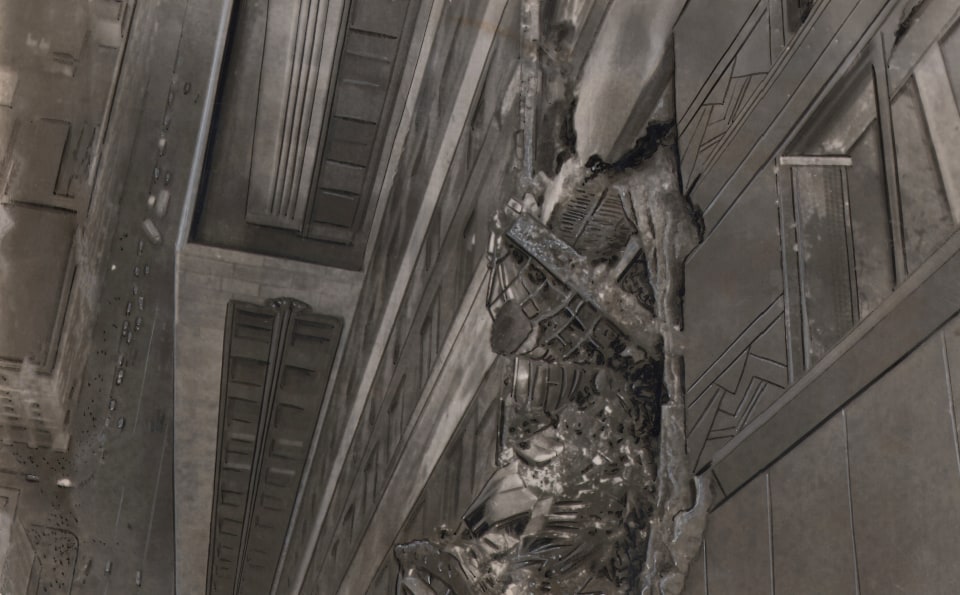
01. AP Wirephoto, Where bomber crashed into Empire State Building, 1945
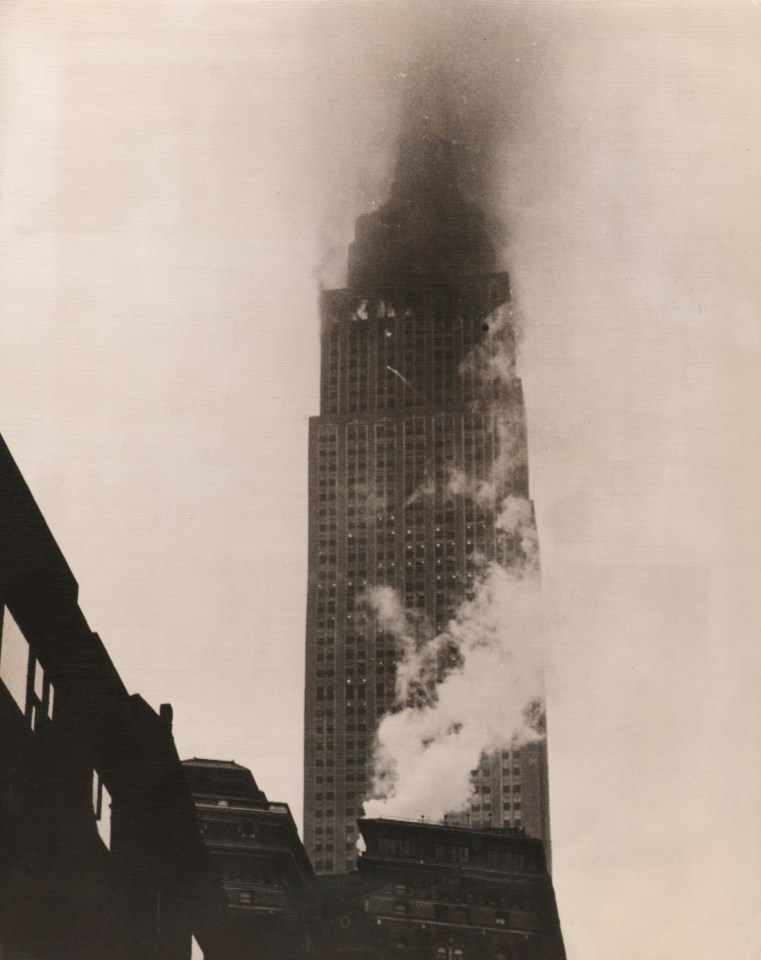
02. Anonymous, Empire State Afire After Plane Crash, 1945
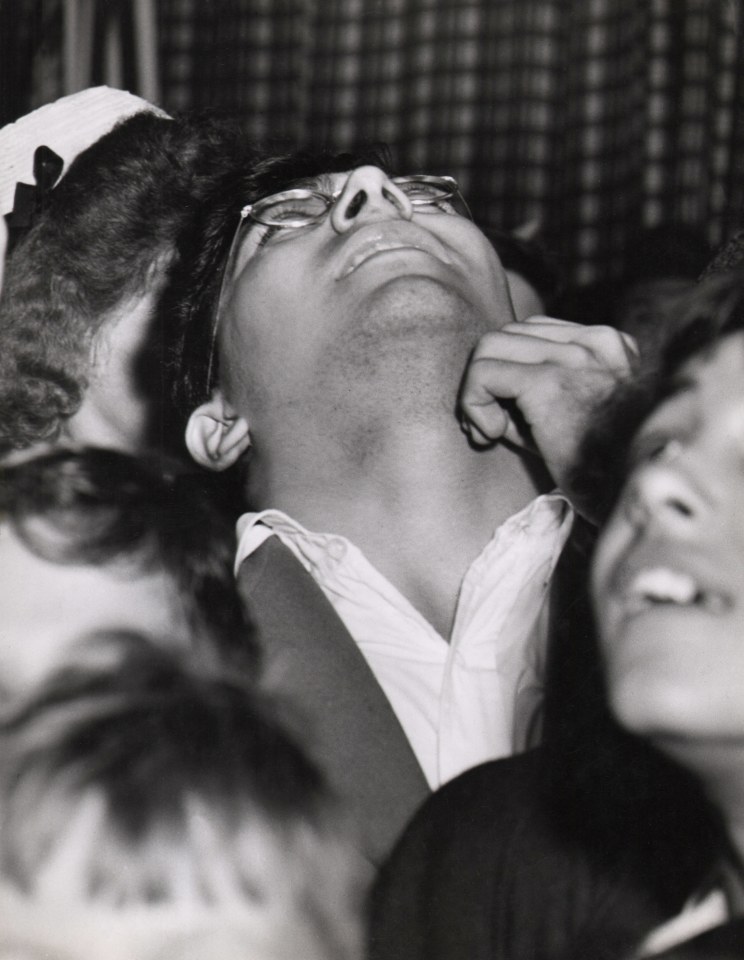
03. Weegee, Untitled (Man looking to see where plane crashed into Empire State Building), 1945
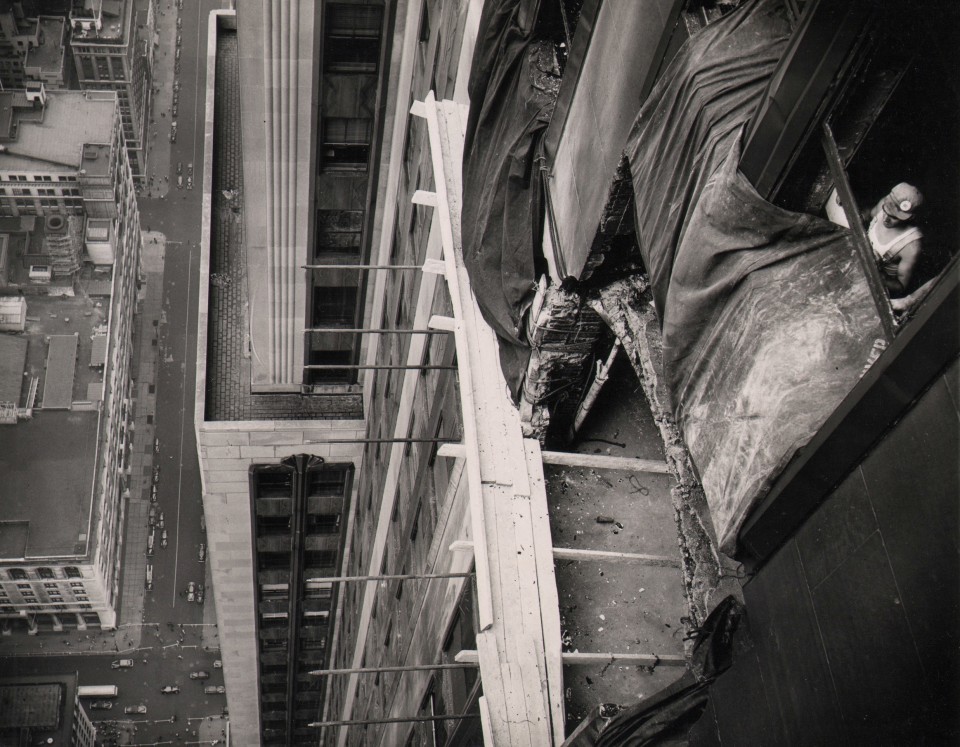
04. Anonymous, Beginning Repairs on Empire State, 1945
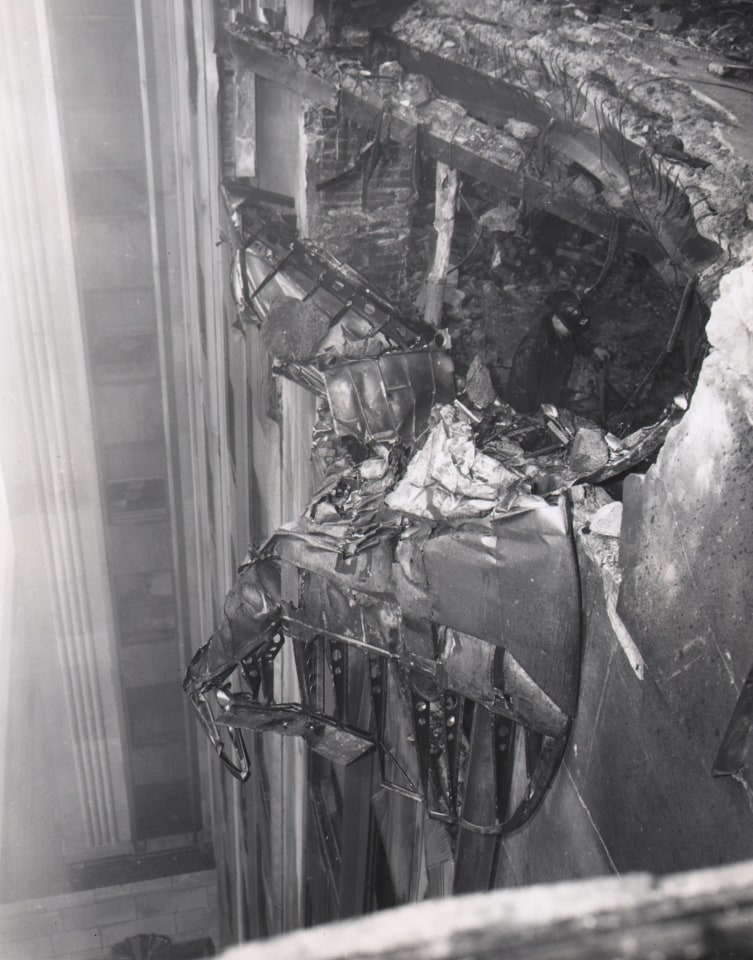
05. Acme Newspictures, Plane Wreckage Clings to Empire State Building, 1945
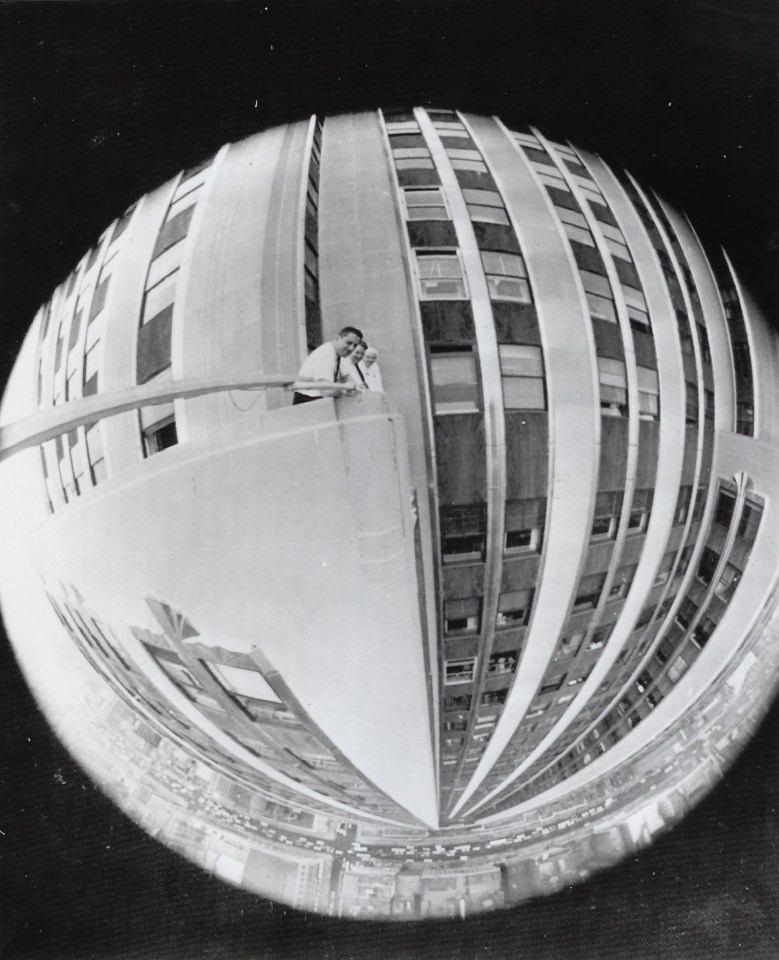
06. New York Journal, A Nice Round Figure, 1962
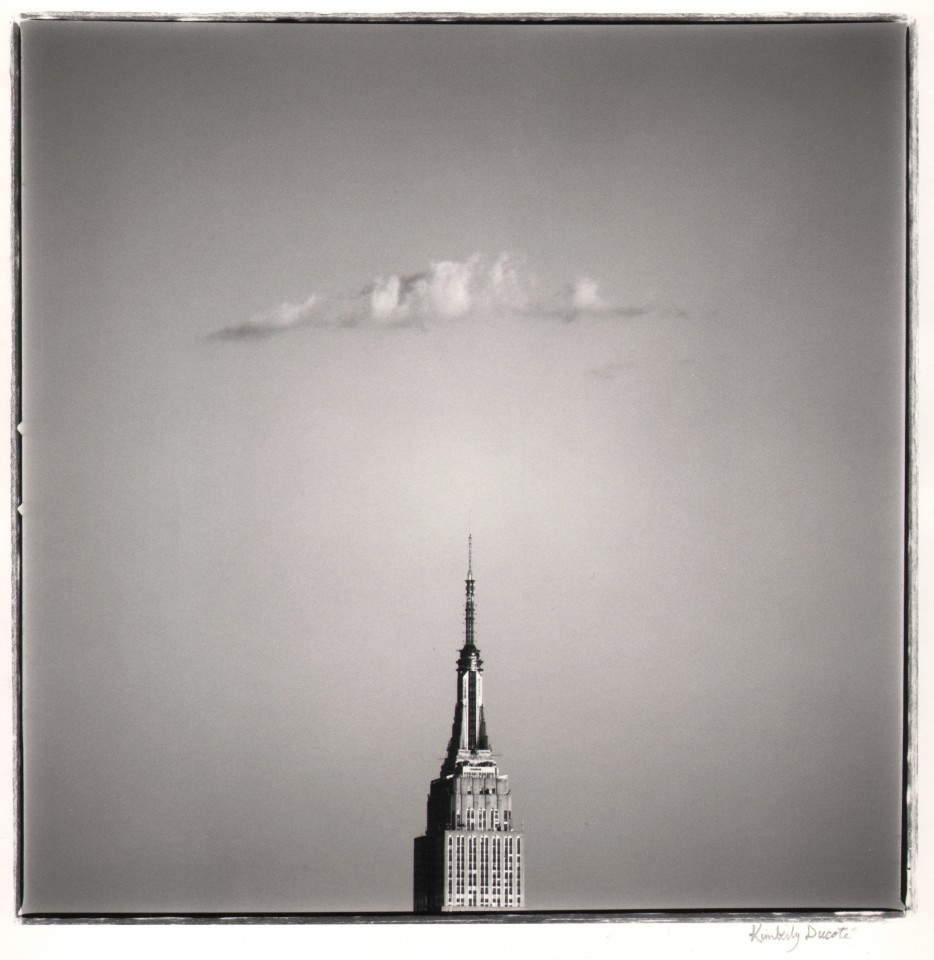
07. Kimberly Ducoté, Empire State Building, 1990
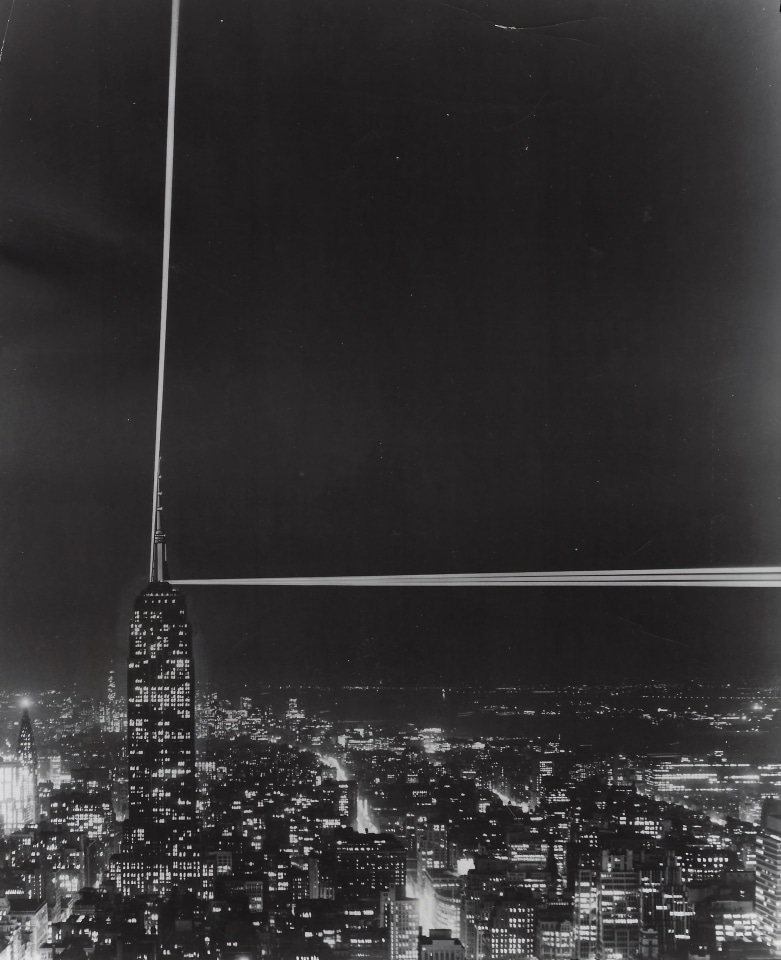
08. Anonymous, Patterns in Light: the Empire State's controversial beacons, 1956
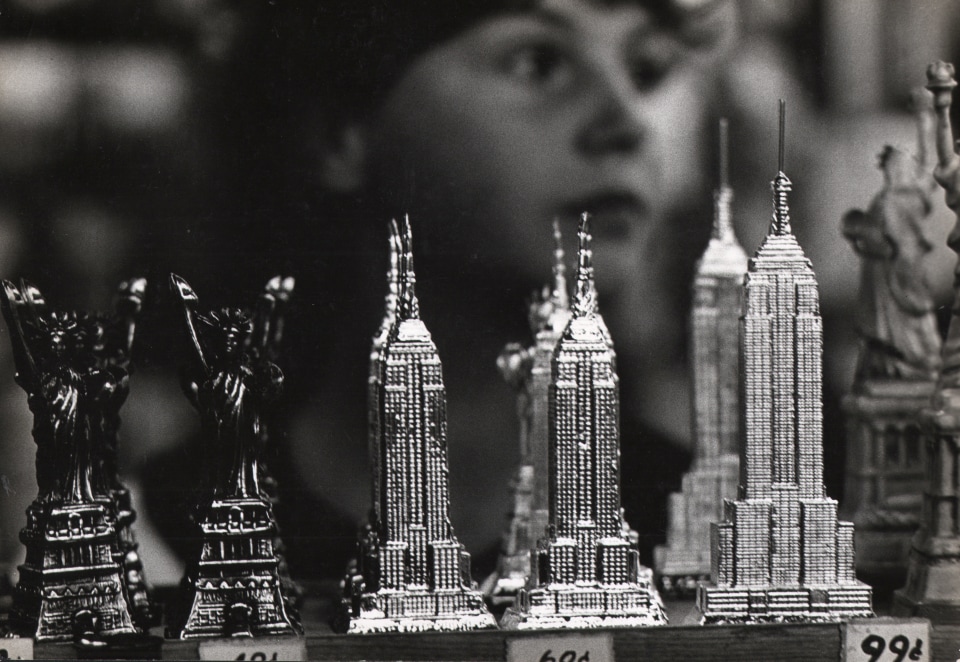
09. Jan Lukas, Souvenirs of New York, 1964
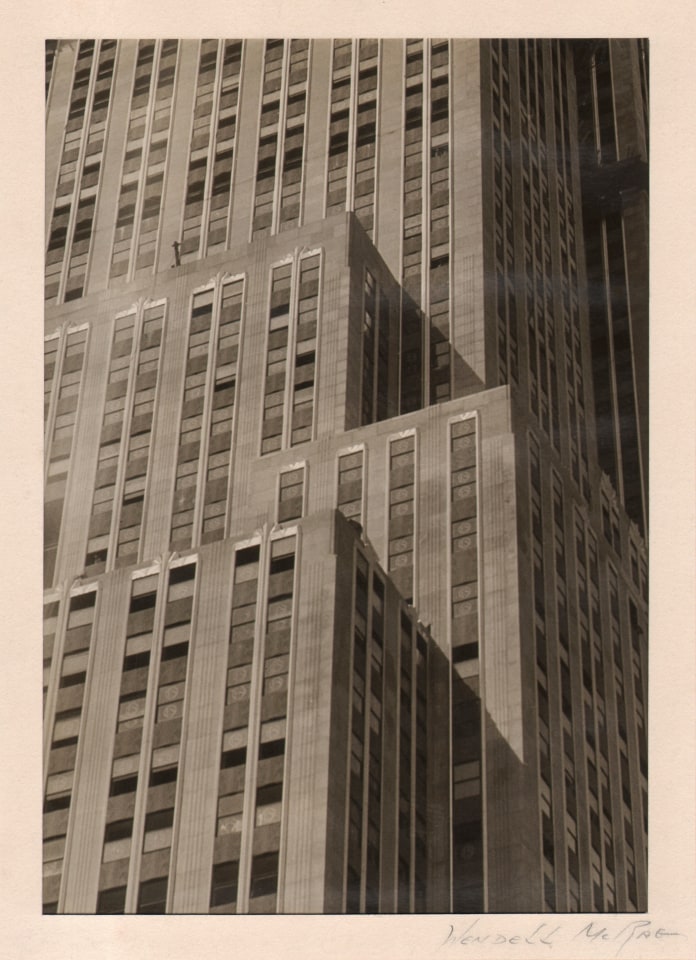
10. Wendell MacRae, Empire State Building, Lower Levels, c. 1930
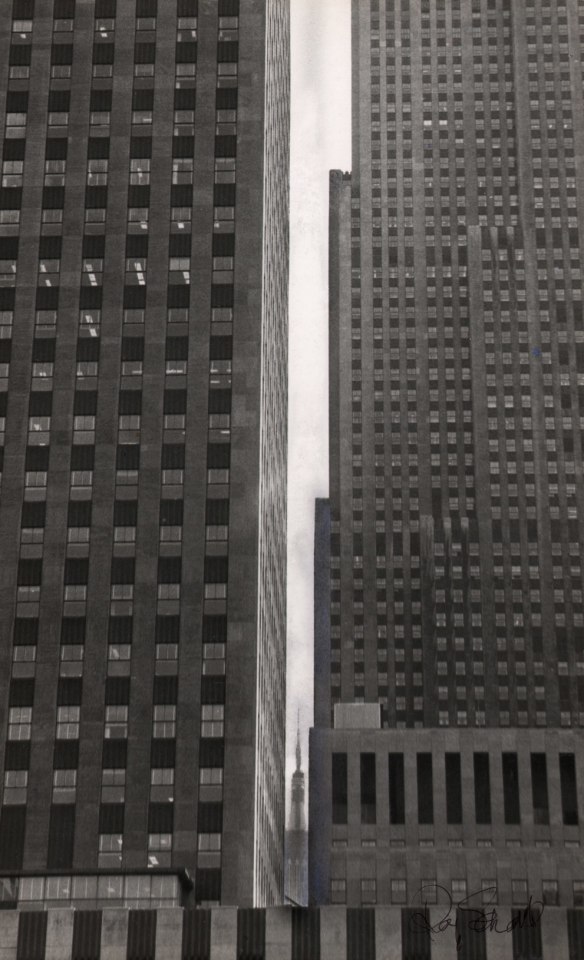
11. Roy Schatt, Portrait of the Empire State Building, 1965
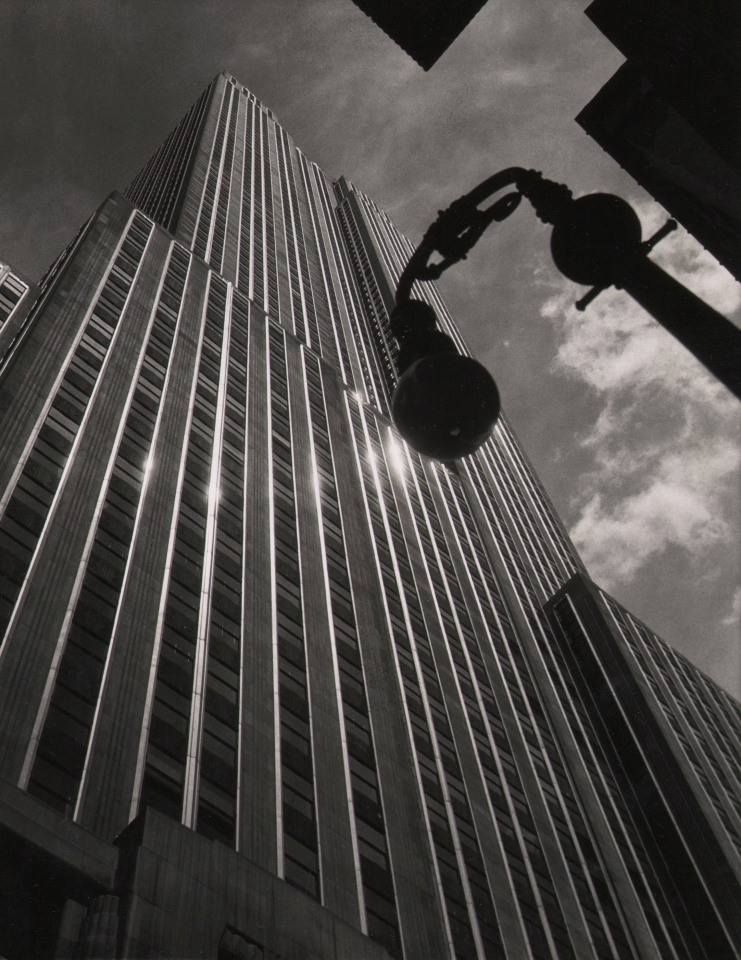
12. John C. Hatlem, Empire State Building, c. 1935
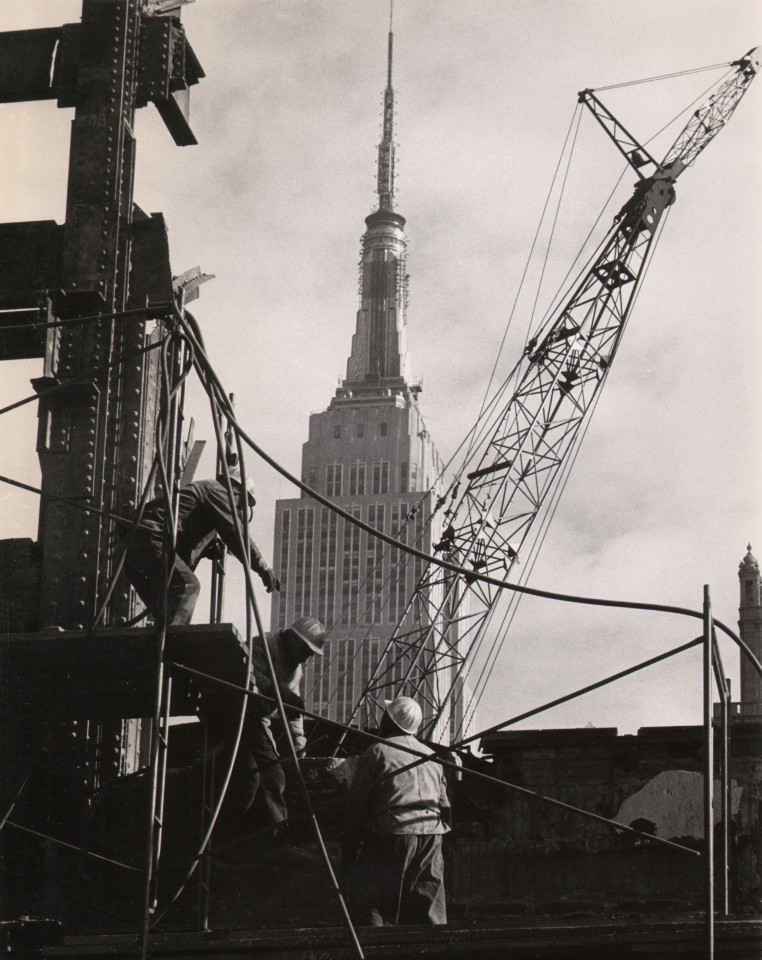
13. UPI Photo, Demolishing remains of Pennsylvania Station, 1966
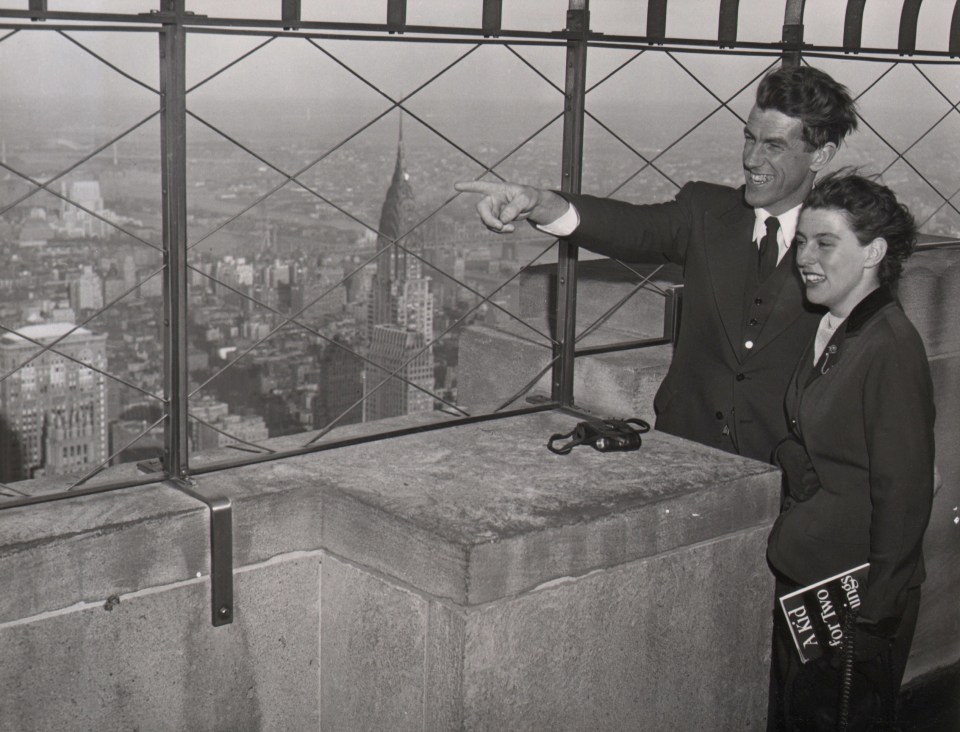
14. Sam Schulman, Mt. Everest conqueror Sir Edmund Hillary & Lady Hillary, 1954
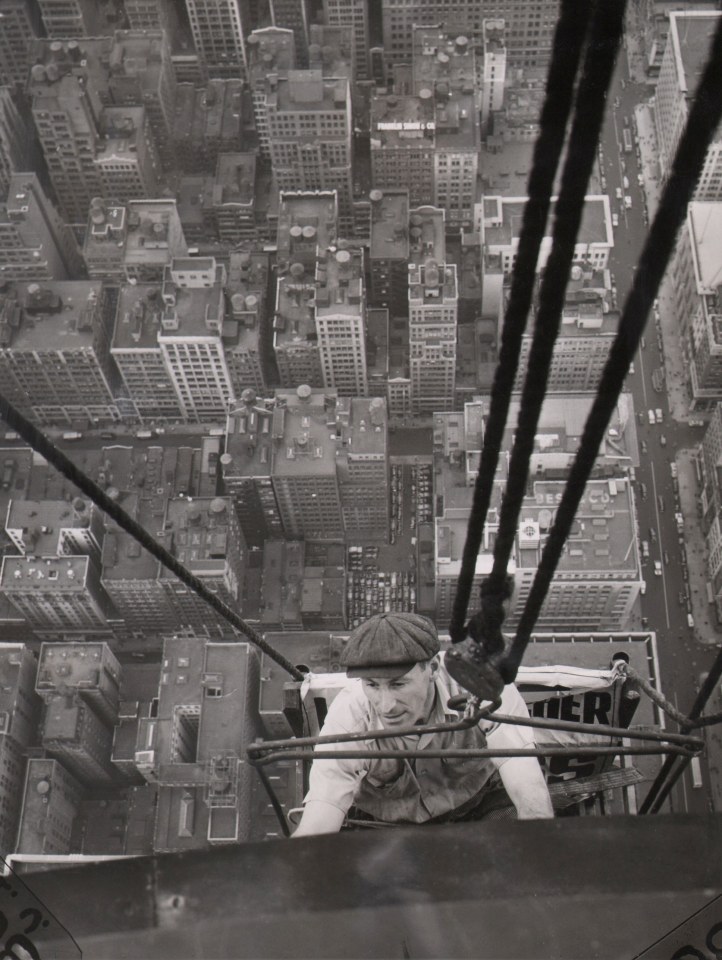
15. Associated Press, Nice Work if You Can Take It, c. 1931
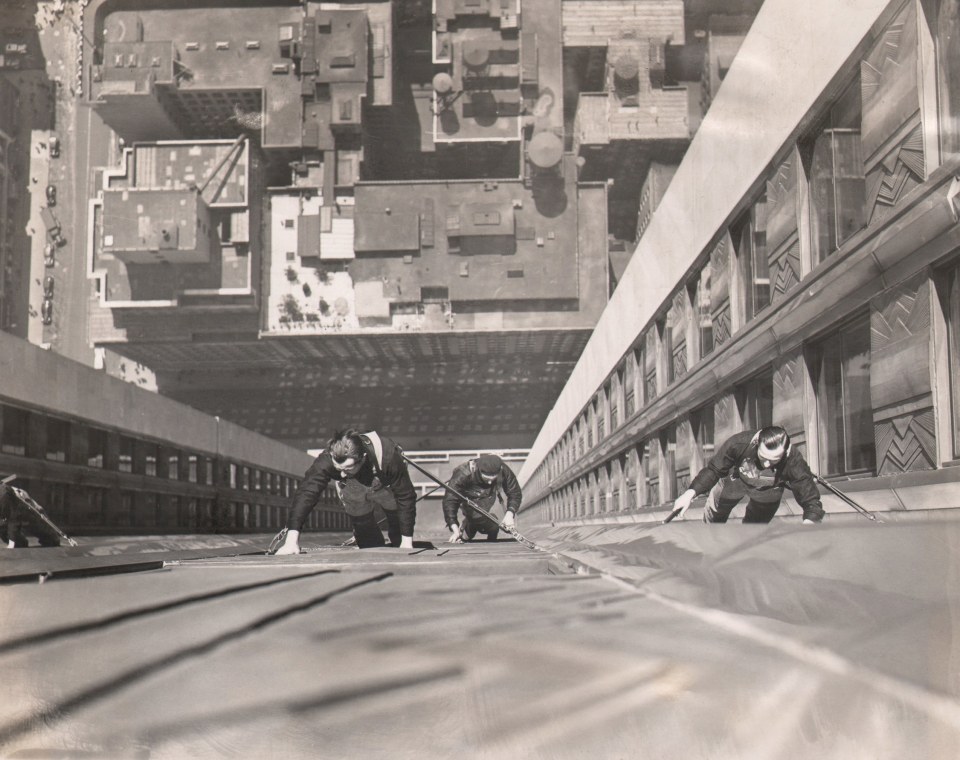
16. Wide World Photos, Human Flies as Window Cleaners, 1938
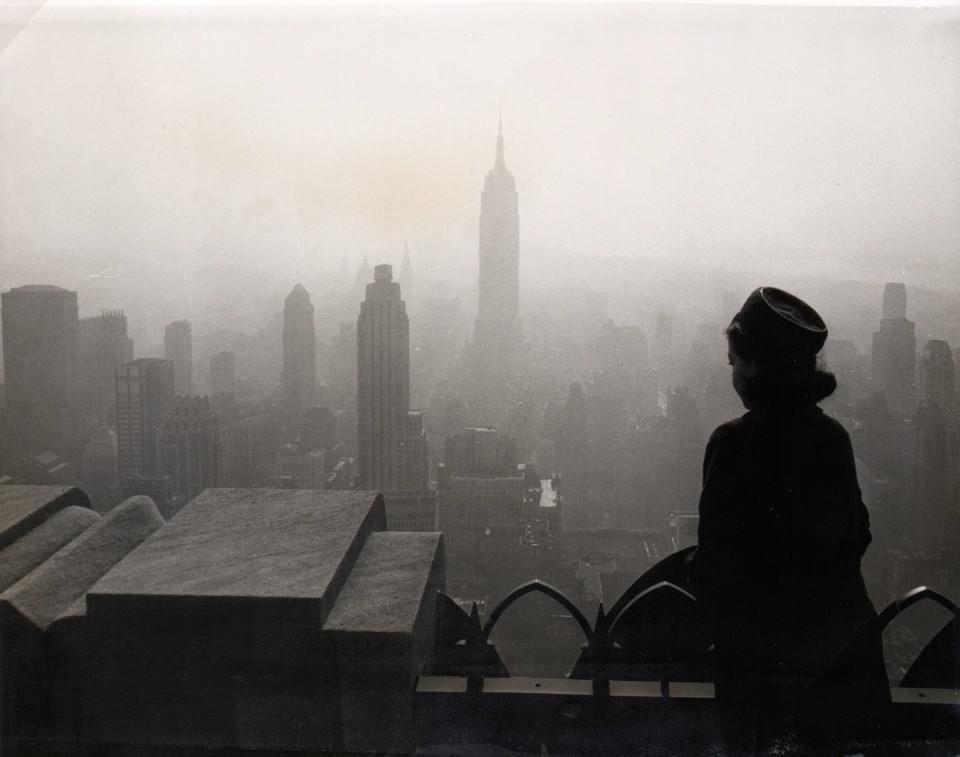
17. UPI Photo, Smog-Bound City, 1965
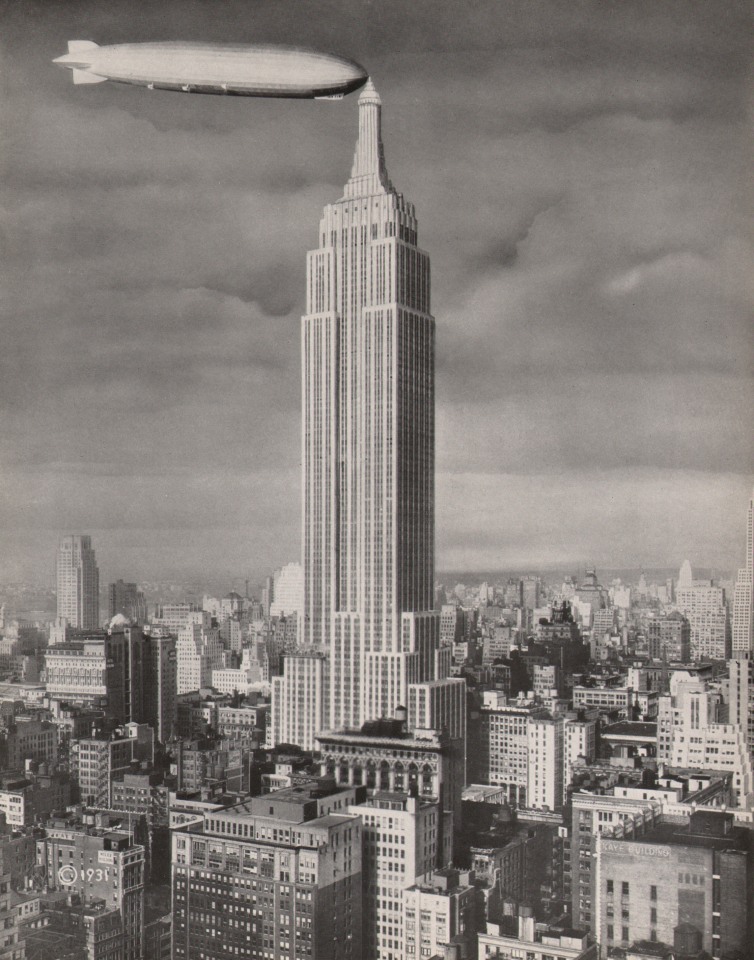
18. Panorama Studio, Empire State Building & Dirigible "Los Angeles," 1931
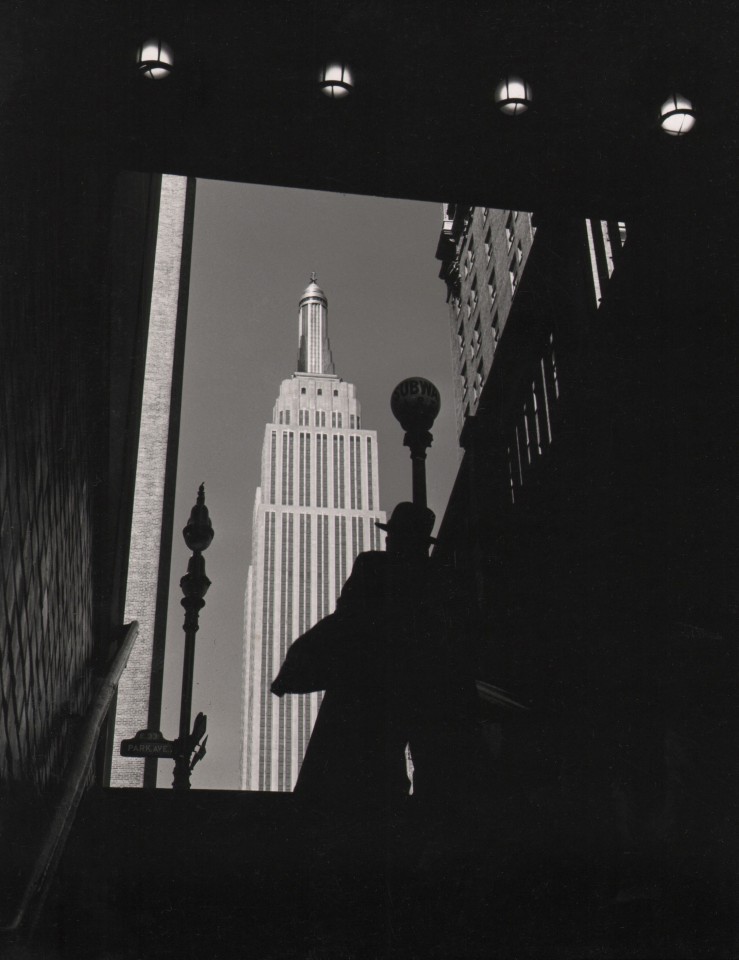
19. John C. Hatlem, Empire State Building, c. 1935
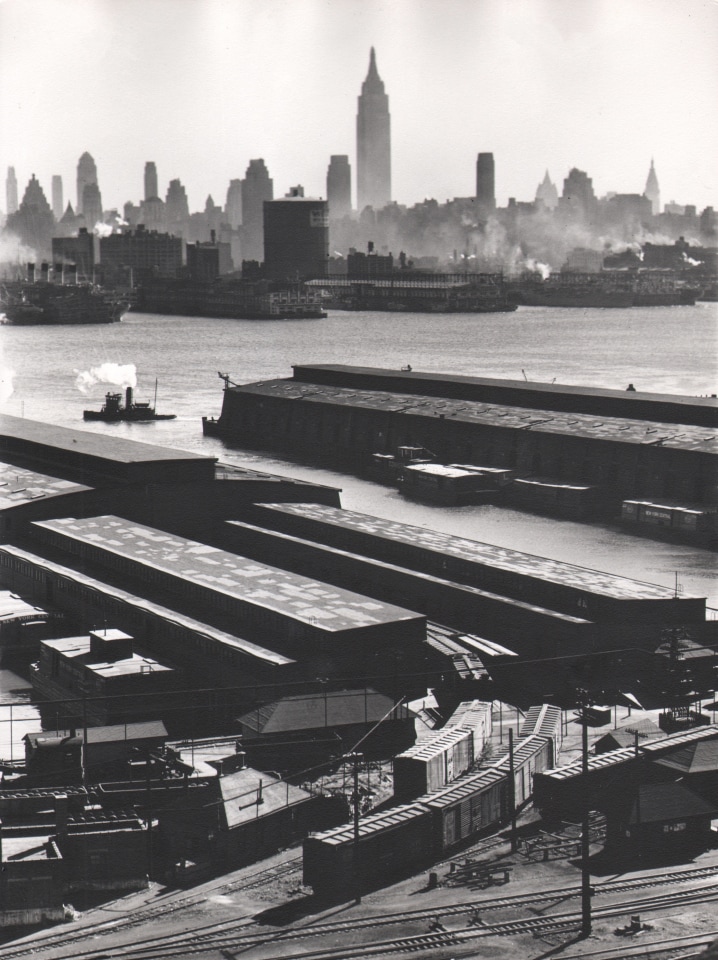
20. Esther Bubley, Weehawken, New Jersey. View looking east from 50th Street and East Boulevard showing New York Central piers, Hudson River and Midtown Manhattan skyline, 1946
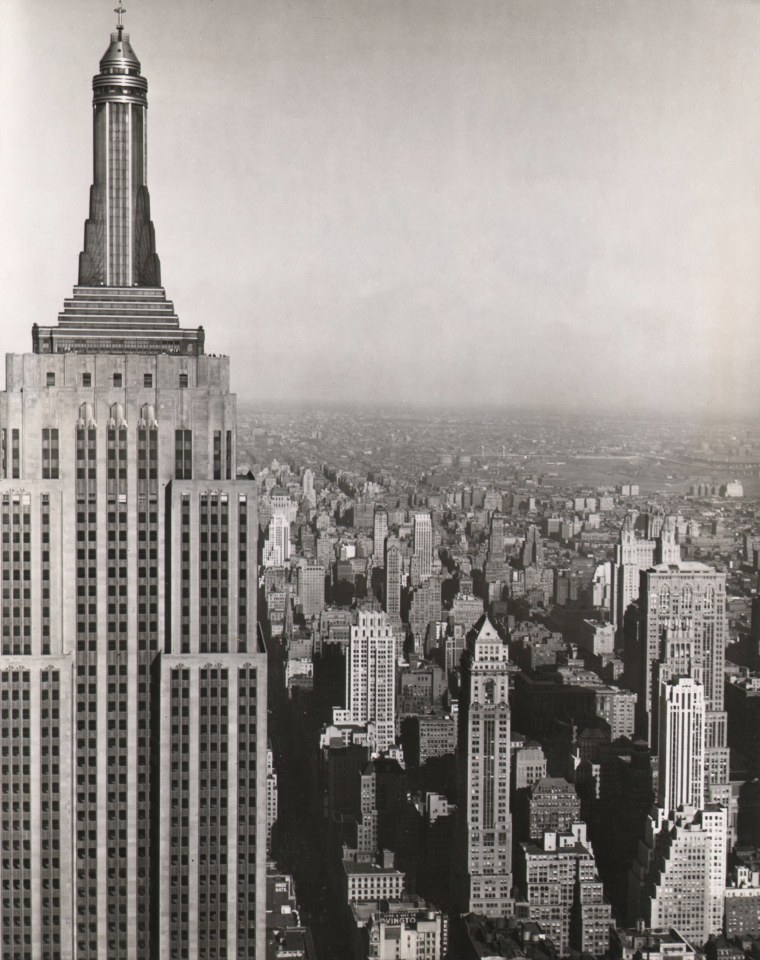
21. Anonymous, Heading Straight for the Empire State Building, 1939
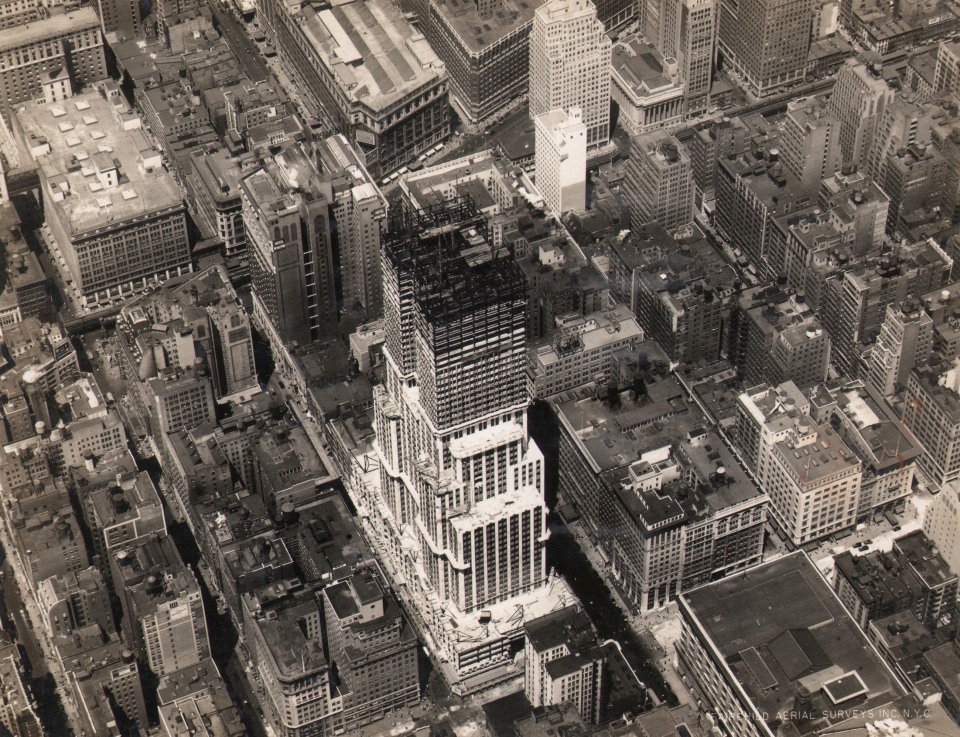
22. Fairchild Aerial Surveys, Empire State Building Construction, West 34th Street, New York City, 1930
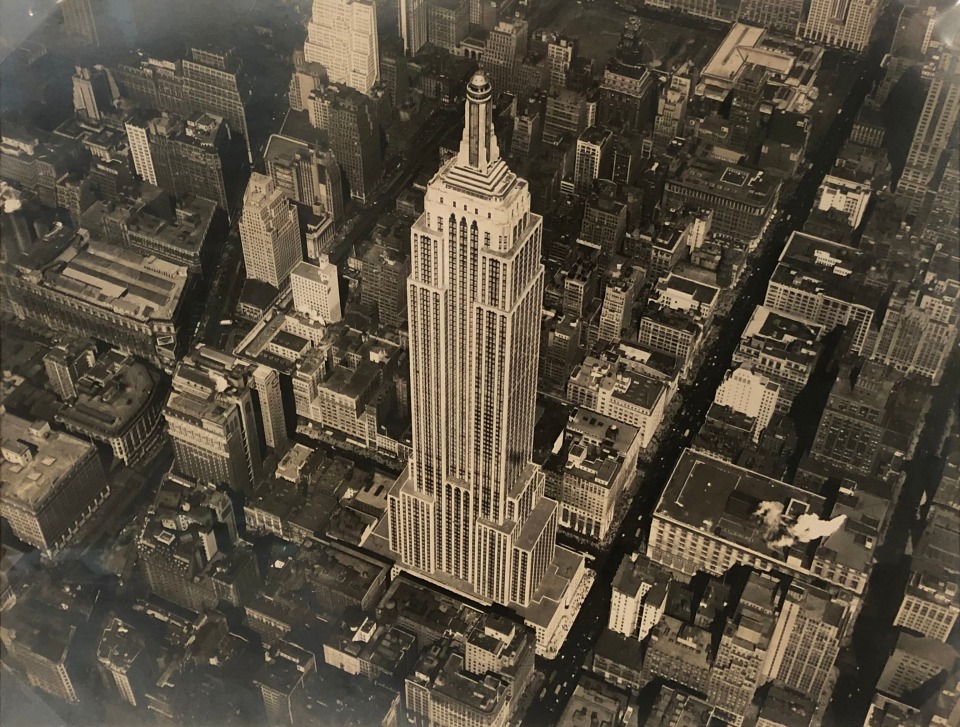
23. Fairchild Aerial Surveys, Empire State Building, 1931
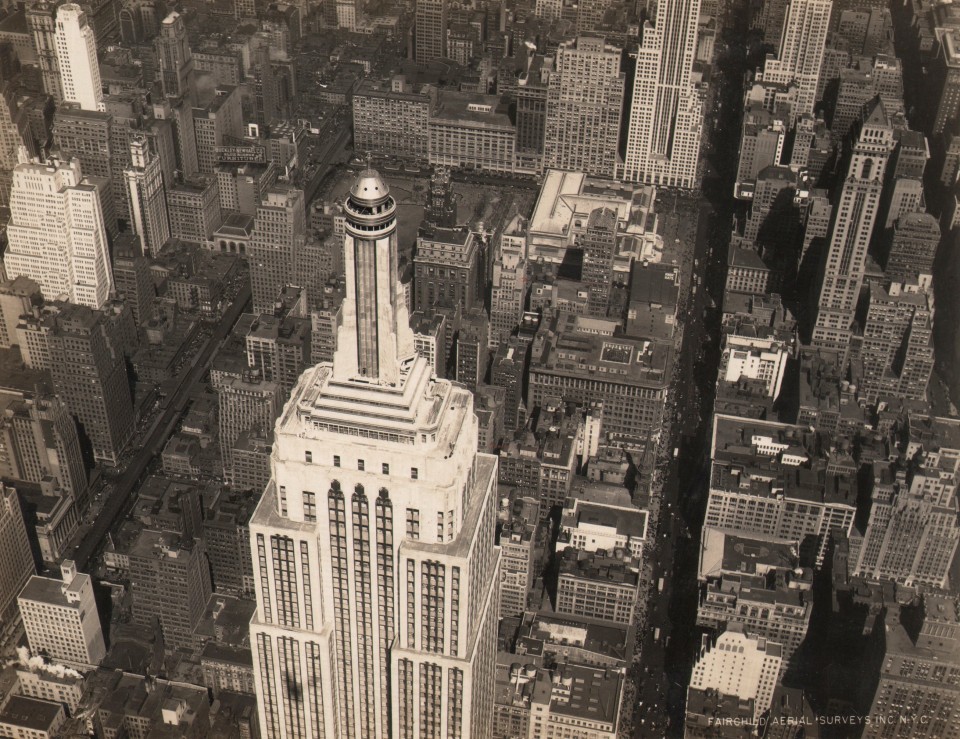
24. Fairchild Aerial Surveys, Empire State Building, Midtown, NYC, 1931
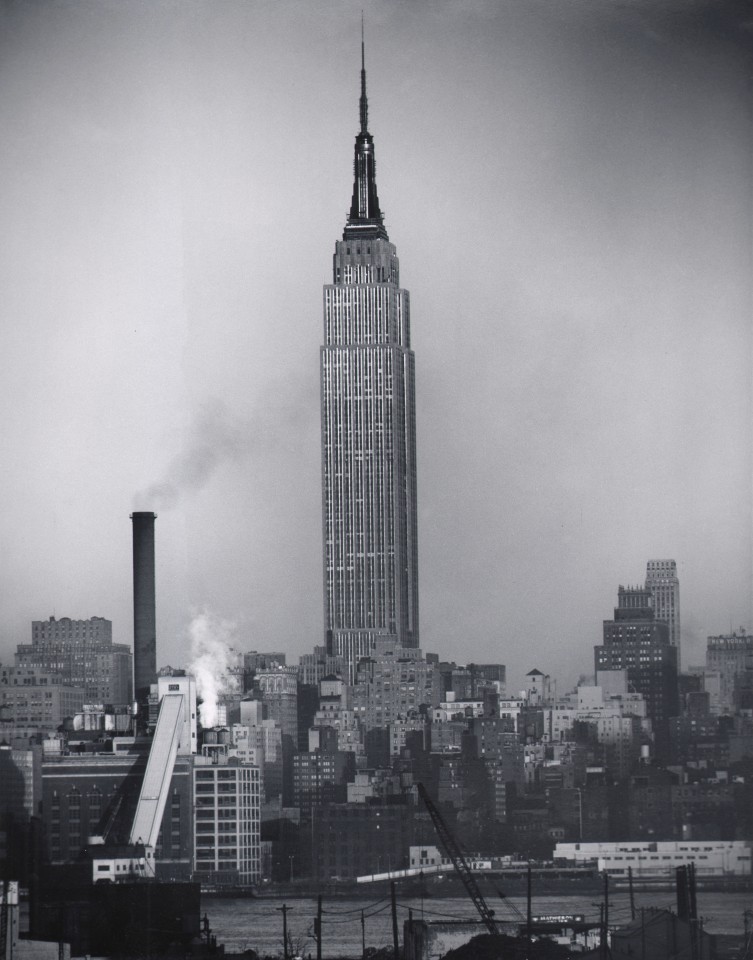
25. Allen Locker, Empire State Building, c. 1965
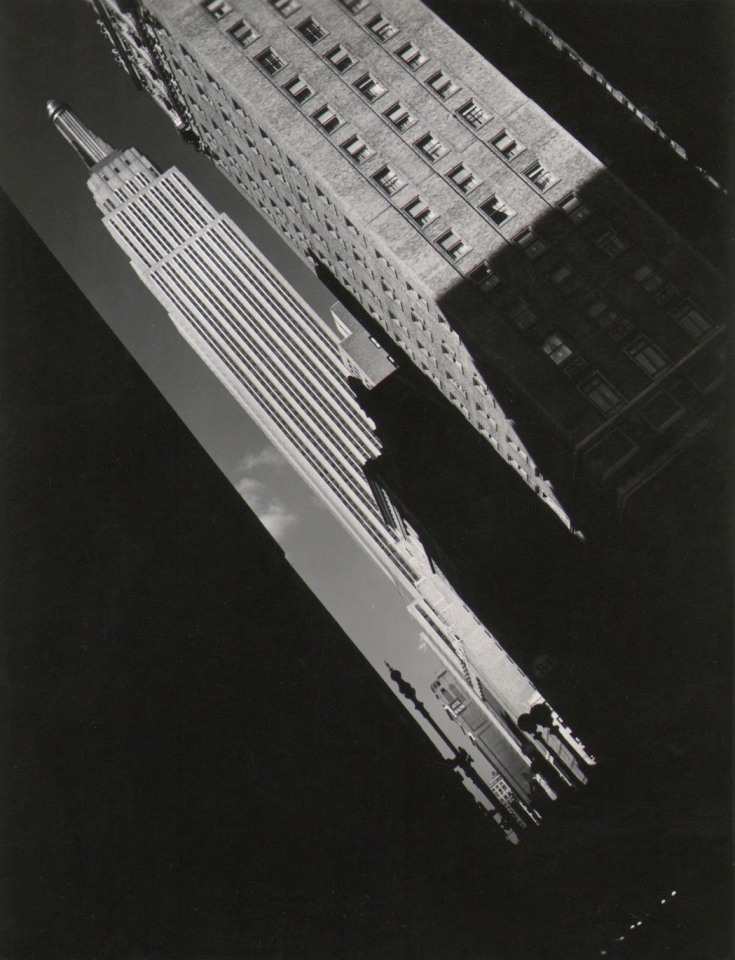
26. John C. Hatlem, Empire State Building, c. 1935
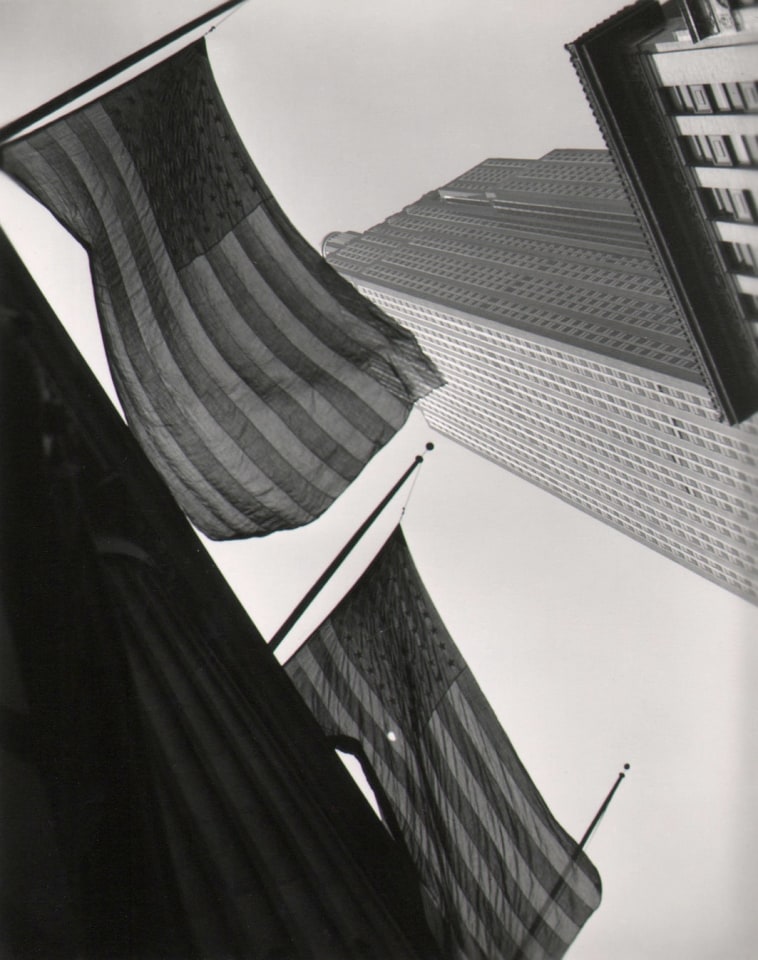
27. John C. Hatlem, Empire State Building, c. 1935
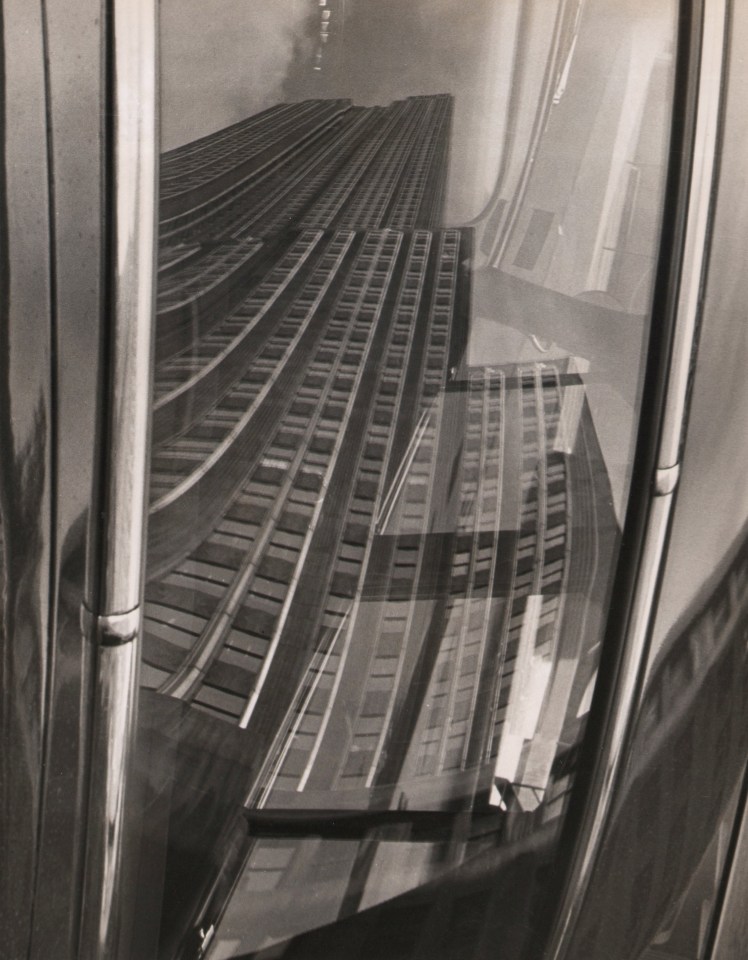
28. Fritz Neugass, Empire State Building Reflection, c. 1948
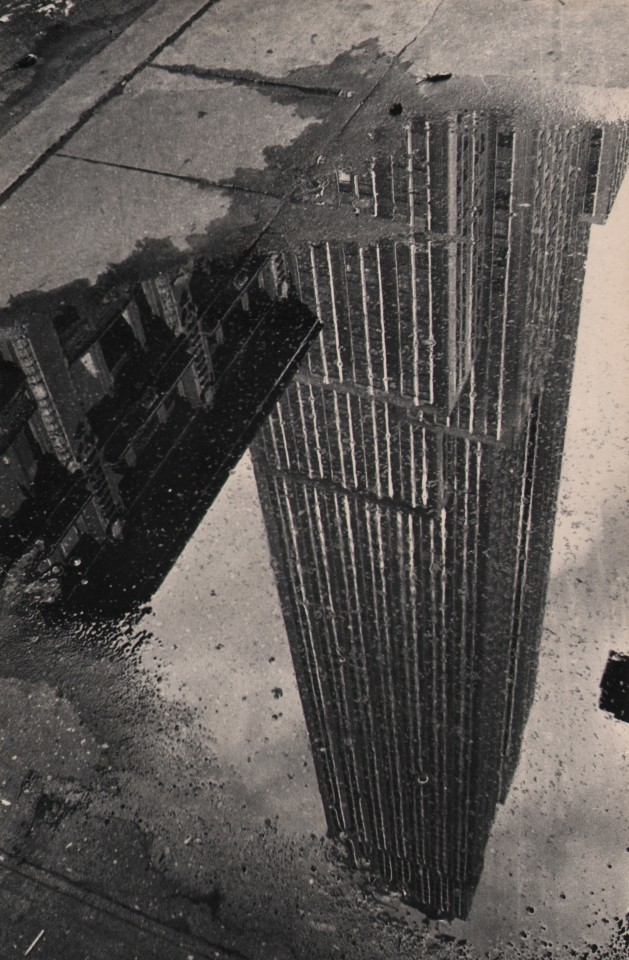
29. Fritz Neugass, Reflections: Empire State Building in a Rain Puddle, c. 1948
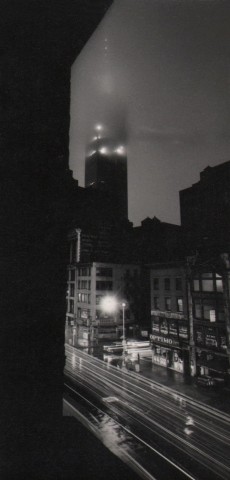
30. W. Eugene Smith, As From My Window I Sometimes Glance, 1957–1958
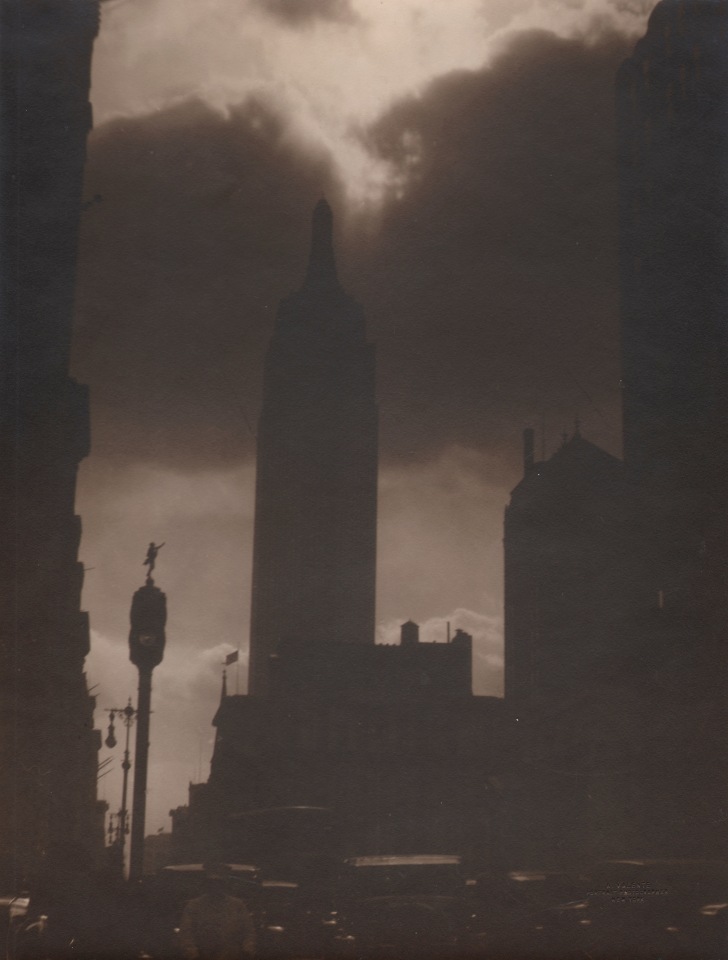
31. Alfredo Valente, Empire State Building, c. 1933
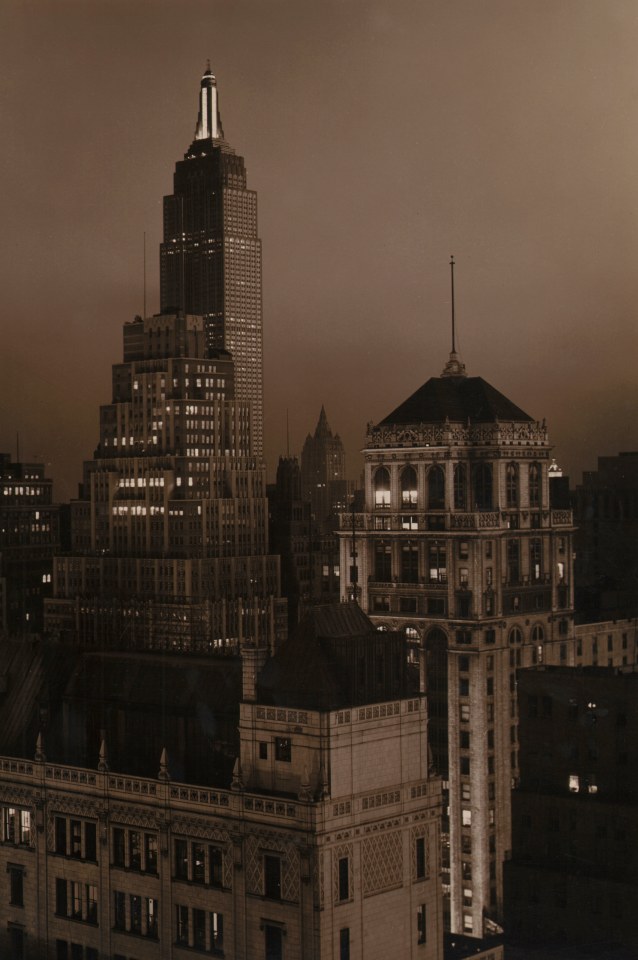
32. Paul J. Woolf, Times Building Looking South, c. 1935
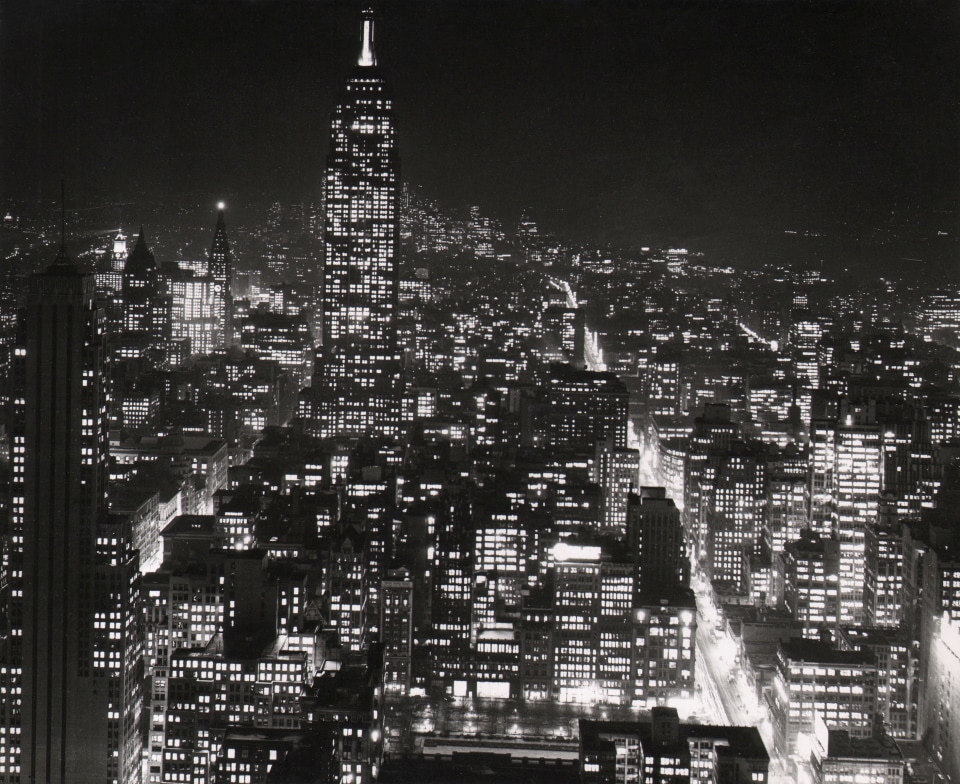
32. Sheldon Hine, New York City at Night Atop Radio City, c. 1938
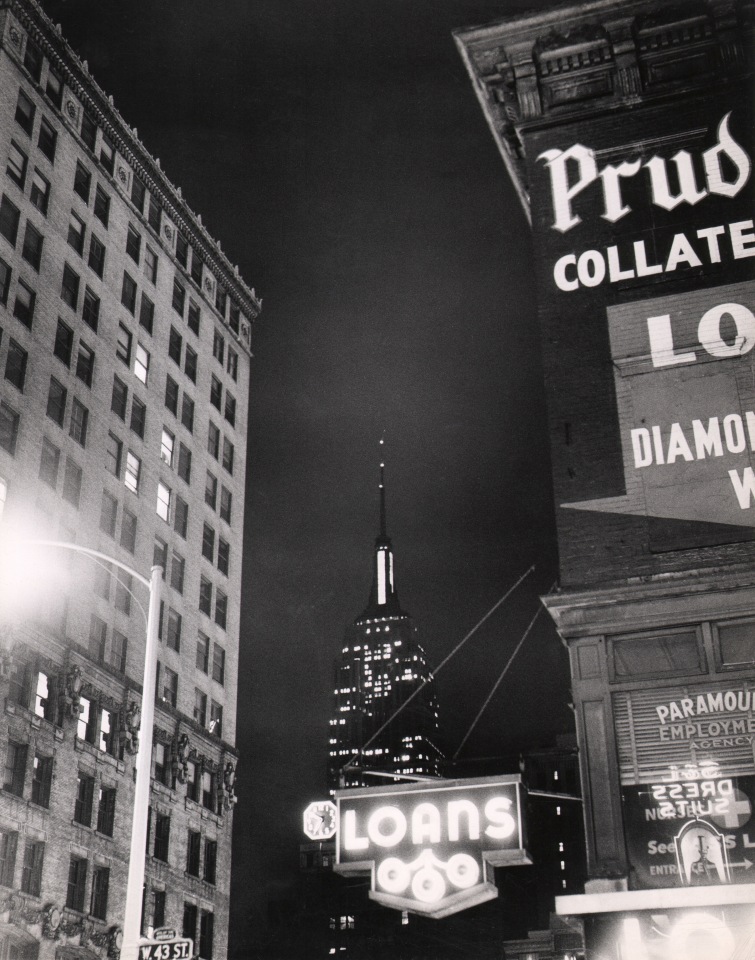
34. Weegee, West 43rd Street, c. 1950
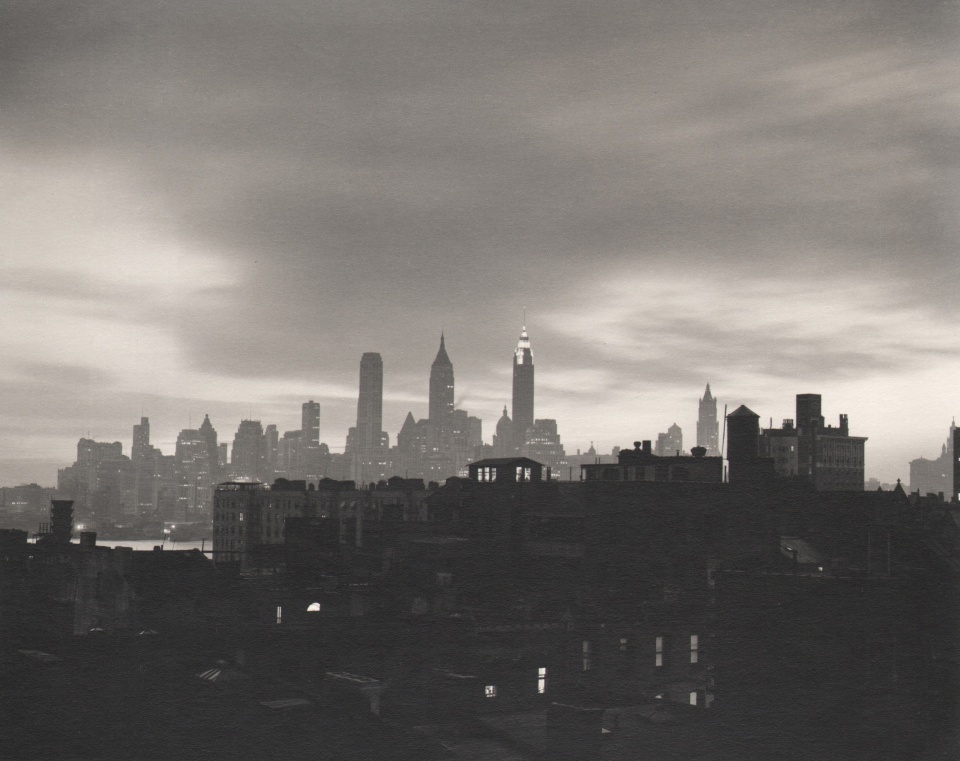
35. John C. Hatlem, New York City Skyline, c. 1935
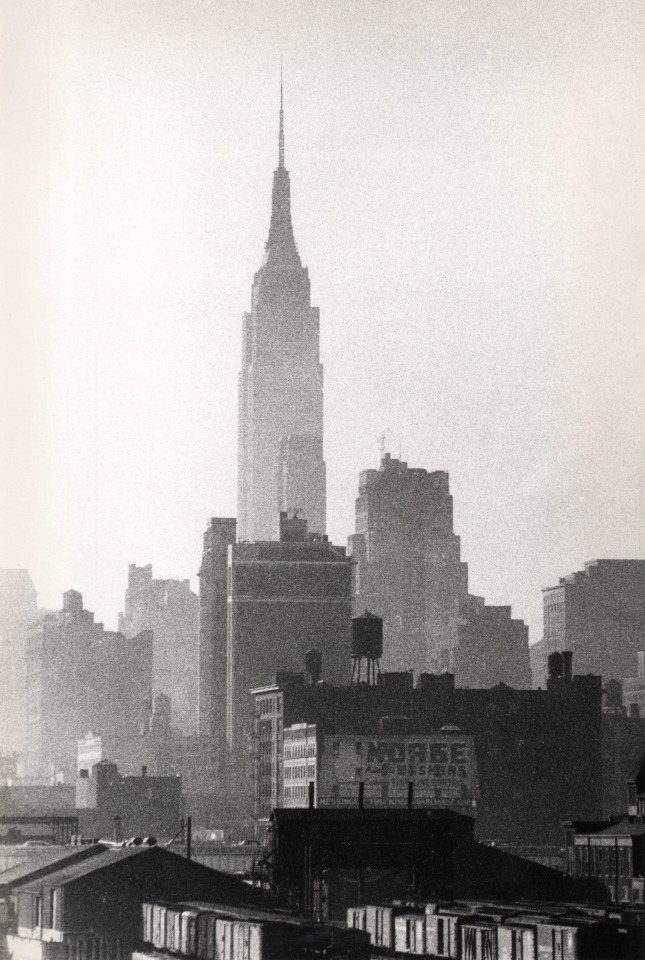
36. Marvin Koner, Empire State Building, c. 1955
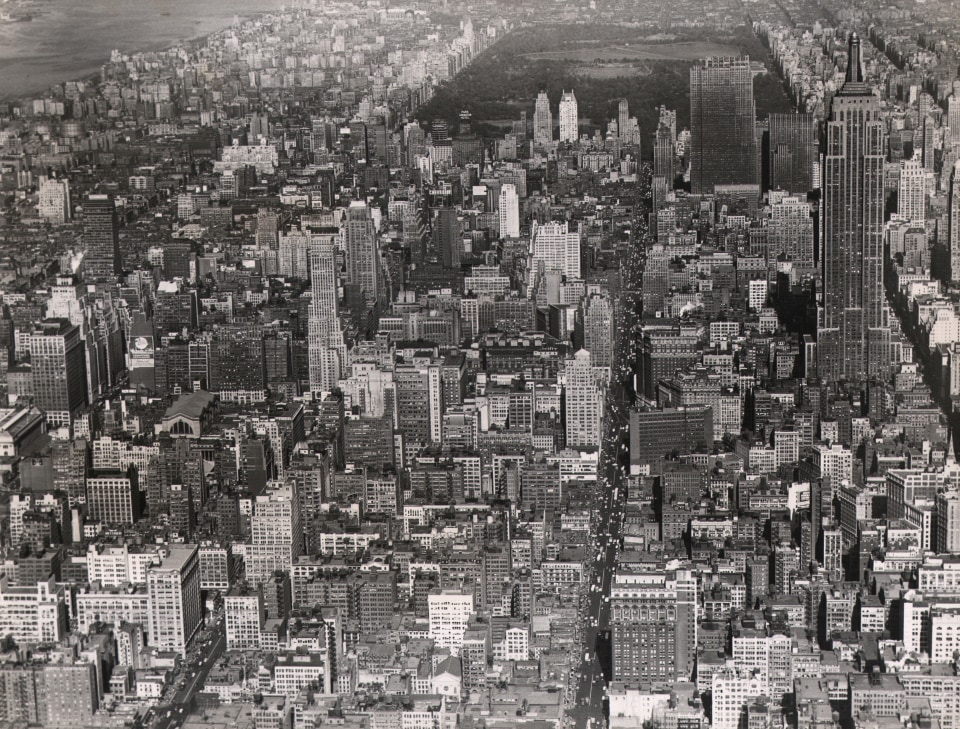
37. Charles E. Rotkin, Aerial View of New York City, c. 1948
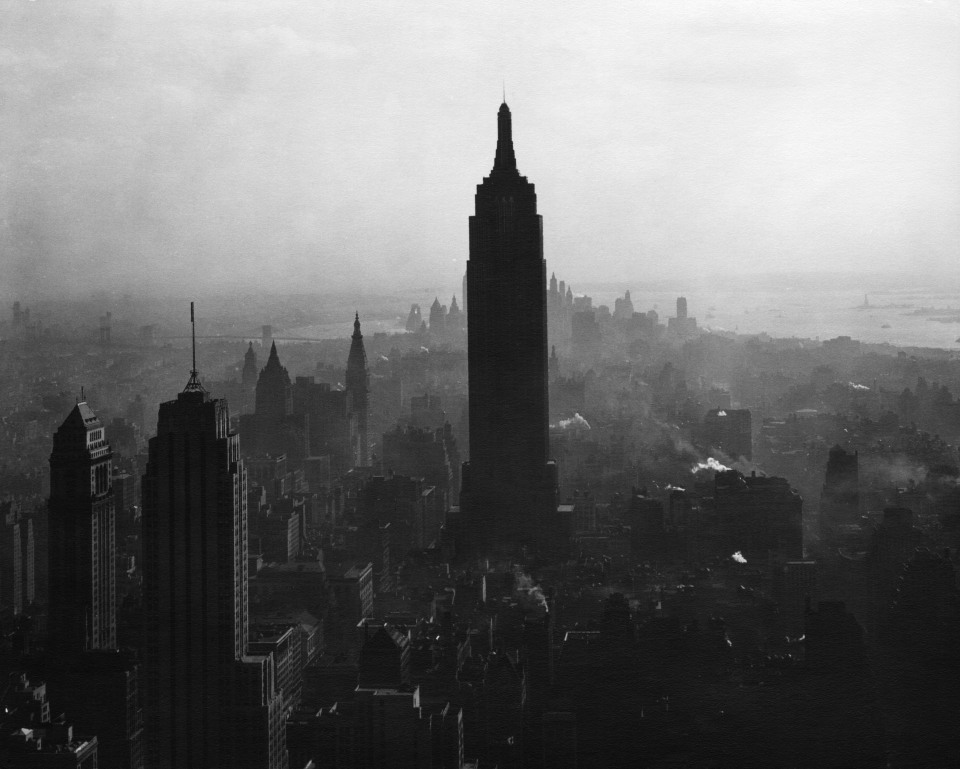
38. Todd Webb, View South from the top of the RCA Building showing the Empire State Building, 1947
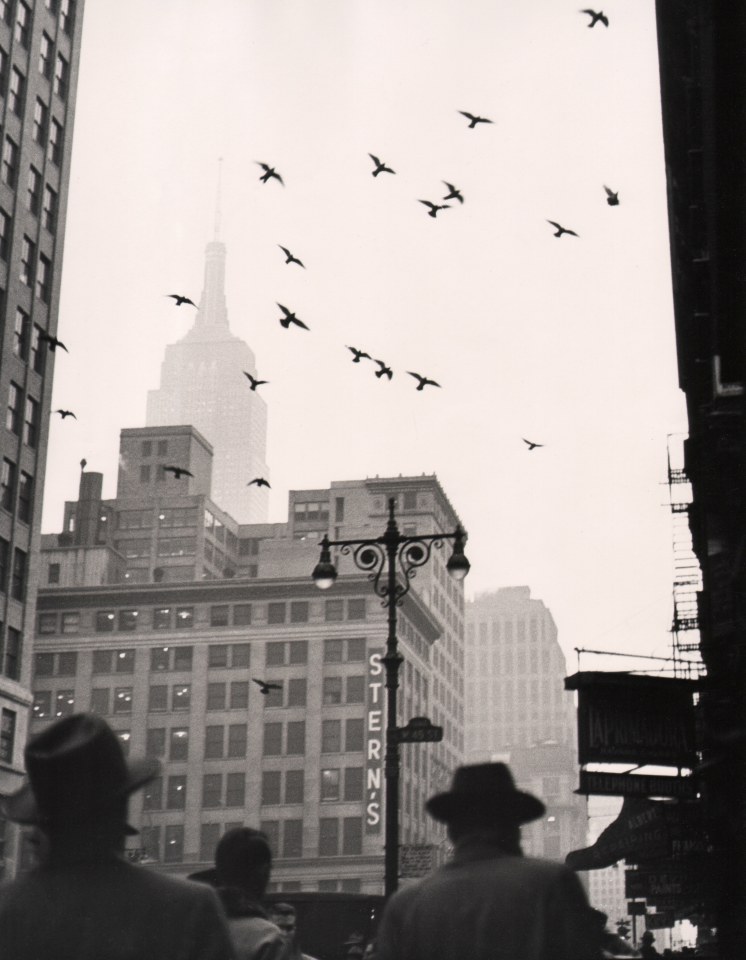
39. Benn Mitchell, 6th Avenue, NYC, 1949
Keith de Lellis Gallery celebrates the 90th anniversary of New York City’s magnificent Art Deco skyscraper in its summer exhibition. After demolishing the famous original Waldorf Astoria Hotel on Fifth Avenue in 1929, the Bethlehem Engineering Corporation took on the world’s most ambitious building project to date: the construction of the Empire State Building, the first 100+ story building. The Chrysler Building, with 77 stories, briefly held the title of the world’s tallest building before being unseated by the Empire State a mere 11 months later. Dwarfing all surrounding buildings, the Empire State stands at 1,454 feet tall. Construction began on March 17th, 1930 and was completed in record time, opening on May 1, 1931. As a tourist attraction, the site found immediate success, collecting a ten-cent fee for a bird’s eye view of New York City from telescopes atop the observatory.
The record-breaking height was said to serve a special purpose: for its tower to act as a mooring mast for dirigibles, positioning the building and its developers at the cutting edge of air travel in its infancy. In reality, the ambitious docking station plan was not at all practical: “the notion that passengers would be able to descend an airport-style ramp from a moving airship to the tip of the tallest building in the world, even in excellent conditions, beggars belief.” (Christopher Gray, New York Times, Sept. 23, 2010). The gallery exhibition features an impressive image of the dirigible Los Angeles docked at the tip of the Empire State Building (1931), but this scene did not come to pass, and is in fact a composite photograph. The tower would ultimately be used for radio and television broadcasting.
A day of note in the building’s early history is July 28th, 1945, when an aircraft collided with the 78th floor, resulting in a four-alarm fire and fourteen deaths. The U.S. Army B-25 bomber was en route to Newark, New Jersey when the pilot was disoriented by dense fog conditions. A group of five photographs show a street view of the smoking building, the plane wreckage, and spectator reactions to the crash - the latter captured by infamous street photographer Weegee.
A mere two years after its unveiling, the building was featured in its first of many films: King Kong (1933), sealing its position as a cultural monument. In 1964, Andy Warhol set his lens on the structure to create an eight-hour slow motion silent film. Shot facing southeast from the 41st floor of the Time-Life Building, the film simply documents a fixed view of the Empire State from 8:06PM to 2:42AM the night of July 24–25, 1964. Due to its length and experimental nature, the film was met with mixed reviews.
As the most photographed building in the world (Cornell University, 2011), there are countless images of the Empire State Building’s recognizable façade. Selected exhibition photographs range from aerial surveys to street views, distorted reflections to detailed studies, and news photographs to artistic compositions, capturing the seminal building from every perspective.